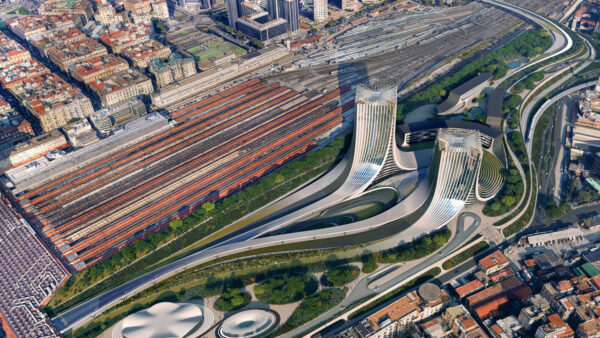Across the developing world incomes are rising and families are moving into larger homes.
This is a good thing, but as the world’s temperature and population go up, an Australian scientist has warned that residential air conditioning could increase worldwide energy consumption by up to 750% by 2050.
Buildings must become far more energy efficient and cities must counteract the urban heat-island effect if a kind of aircon apocalypse is to be avoided, says Mat Santamouris, professor of energy physics at the University of New South Wales.
In 2010, the world’s cooling consumption in the residential sector represented around 4.4% of the total heating and cooling needs of buildings, but this is expected to increase to 35% of total energy consumption in 2050 and 62% in 2100, according to Santamouris.
And more efficient air conditioners alone can’t stop the rising tide of electricity demand.
It is evident that significant technological, policy and social initiatives are immediately needed to face the upcoming cooling challenges and protect our future– Professor Santamouris, University of New South Wales
Even if the energy efficiency of air conditioners improves by 20% and the average performance of buildings by 30%, says Santamouris, “energy improvements can’t counterbalance the tremendous impact of climate change and the increased population on air conditioning demand”.
In a paper published in the international journal, Energy and Buildings, Santamouris argues that by 2050, the average space per person in residential buildings could increase to 37 sq m, up from today’s average of 24 sq m, due to the increased number of smaller households living in larger homes.
Santamouris, who holds the university’s chair in high-performance architecture, prioritises three major policy initiatives to tackle the problem.
First, do anything to make buildings more thermally efficient – advanced materials, smart control systems, efficient lighting, solar and renewable technologies, and advanced ventilation systems.
Second, innovate in the area of mechanical air conditioning and alternative cooling technologies.
And third, decrease greenhouse gas emissions and counterbalance urban heat-island effects to limit temperature increases and the impact of climatic change.
“In the future, the focus will need to be on reducing indoor temperatures, providing comfort and protecting the vulnerable population,” said Professor Santamouris. “It is evident that significant technological, policy and social initiatives are immediately needed to face the upcoming cooling challenges and protect our future.”
Image via Kim Scarborough/Wikimedia Commons
Further reading:
Comments
Comments are closed.











All perfectly true shame nobody listens